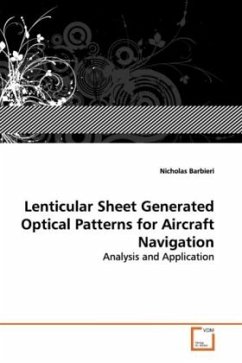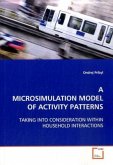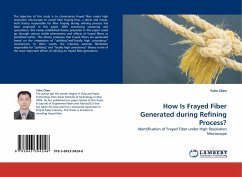Under proper conditions, lenticular sheets can
generate visual patterns which are usable as a
navigational aid. A distant observer can use this
navigational aid to precisely determine its relative
position.
The navigational aid is constructed by mounting a
lenticular sheet over a pattern of periodically
spaced lines sharing the sheet's period. This
configuration results in the appearance of lines
perpendicular to the original pattern,
which are visible to a distant observer. The
apparent location of these lines depends on the
position of the observer relative to the
navigational aid, and exhibit a linear dependance on
observer displacement along a single dimension. Two
mutually orthogonal lenticular sheets lying on a
single plane will provide the observer with
sufficient visual information to determine its
position within its respective plane. The apparent
size of the navigational aid can be used to infer
relative displacement normal to this plane, allowing
the observer to ascertain its position in three
dimensions from a single image.
This navigational aid is analyzed theoretically and
demonstrated with a working prototype.
generate visual patterns which are usable as a
navigational aid. A distant observer can use this
navigational aid to precisely determine its relative
position.
The navigational aid is constructed by mounting a
lenticular sheet over a pattern of periodically
spaced lines sharing the sheet's period. This
configuration results in the appearance of lines
perpendicular to the original pattern,
which are visible to a distant observer. The
apparent location of these lines depends on the
position of the observer relative to the
navigational aid, and exhibit a linear dependance on
observer displacement along a single dimension. Two
mutually orthogonal lenticular sheets lying on a
single plane will provide the observer with
sufficient visual information to determine its
position within its respective plane. The apparent
size of the navigational aid can be used to infer
relative displacement normal to this plane, allowing
the observer to ascertain its position in three
dimensions from a single image.
This navigational aid is analyzed theoretically and
demonstrated with a working prototype.








